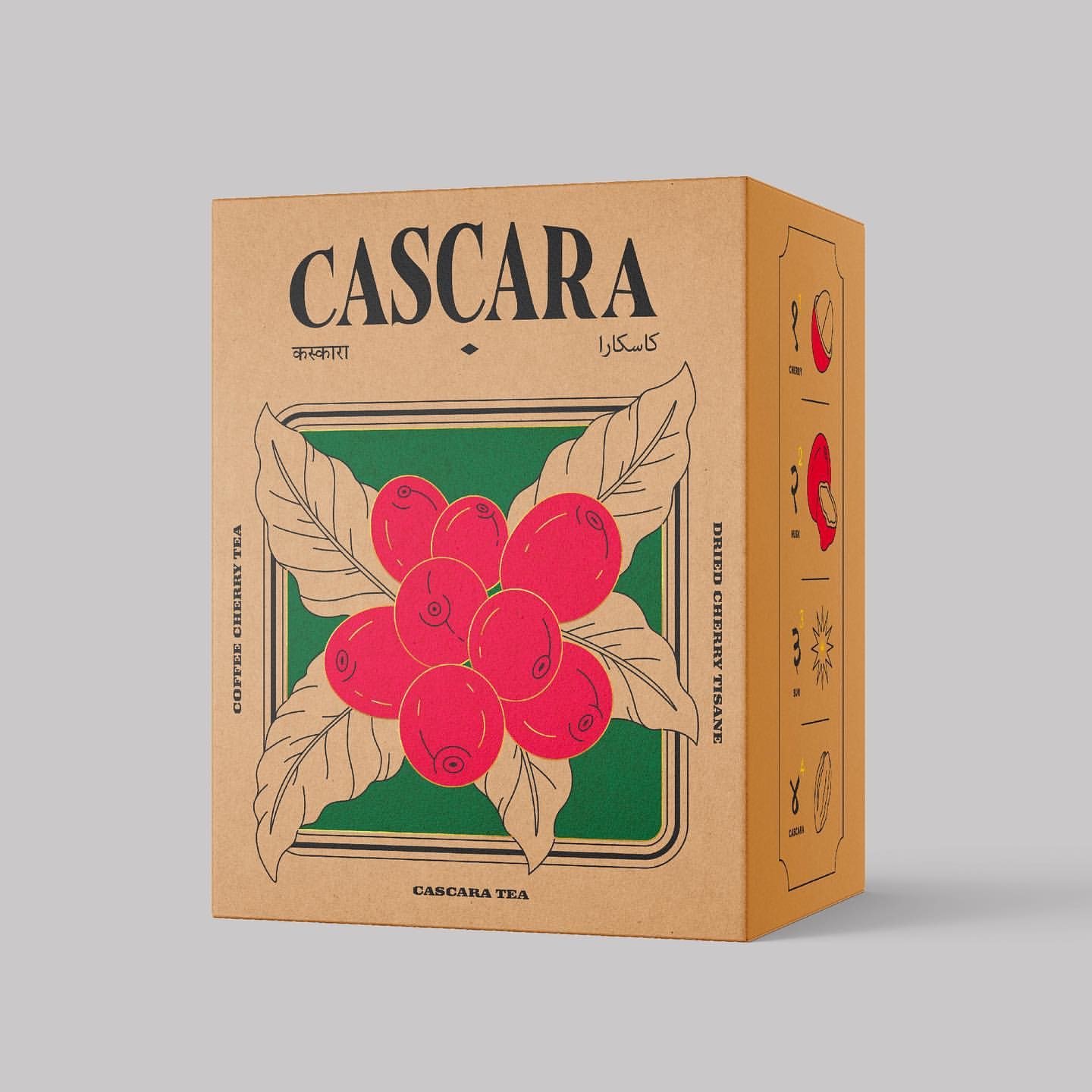Cascara: the drink of the Sufis
The first time I had a cascara drink was in Alchemy, a cafe in Dubai as beautiful as the beverage I was served. When paired with an orange blossom cupcake, the combination was unlike anything I have had before.
Photo Credit: Subko Coffee Roasters
What is cascara?
It has different names depending on the country — Cascara in Spain, Sultana in Bolivia, Hashara in Ethiopia, and Qishr in Yemen — and all of them translate to husk, peel or skin. It is said to be consumed in Yemen even before coffee was discovered.
How is it processed?
The outer skin and the pulp is the byproduct when coffee cherries are processed. Coffee cherries are first de-pulped which means the beans are removed from the fruit. The skin is collected and either washed with water or passed through a vaporizer chamber to kill bacteria on the surface of the skin by using heat. The cascara is then dried in the sun or put in large dehydrators as the final step.
The dried husks look like soft shells of a nut. It is the leftover fruit skin and the husk which is discarded after the coffee is processed. It is only until recently that cascara is used as a fertilizer in farms, otherwise it was dumped as waste. Historically cascara was used to brew a tea-like drink before coffee was even discovered. In the 15th century, Sufis would grind the coffee cherries, boil them in water, and drink the brew to help them stay awake in night and meditate for longer periods of time.
Processing of Cascara. Picture Credit: Subko Coffee Roasters
How does it taste?
Even though the fruit houses the beans and is partly responsible for developing the flavors in the bean, it tastes nothing like coffee when brewed. The primary notes are earthy, sweet, cherry, red currant, hibiscus and unusually tangy when brewed hot. Like coffee, Cascara also has many health benefits. It’s rich in antioxidants and packed with phenolic compounds which prevent many chronic diseases.
Special thanks to Rahul for letting me try Subko Coffee Roasters’ newly launched Cascara. I have always been curious to prep this drink hot. To experience how the sufis experienced the drink back in the day. This single origin cascara originates from Ampthill downs, Tamil Nadu, produced by @thenaturalfarmer_ and processed by Project Sankalp 90+ Indian Coffee. Expect strong cherry notes, with a dash of tamarind tanginess and hibiscus sweetness.
Picture Credit: Subko Coffee Roasters
I prepared it using the French press and the plunger made it easy to filter out the husks. Subko’s recipe was as follows:
10g Cascara
200g Water
1:20 ratio
92 degrees C
4 mins brewing time
Next up, I’d like to experiment with Cascara cold brew. Subko suggests adding lemonade, soda or fruits to make it fun.
It is important to look at utilizing coffee byproducts like cascara which can add value to the coffee chain. Rather than recycling the skin of the coffee cherry as compost, upcycling cascara to make refreshing beverages builds value and promotes a circular economy.
Photo Credit: Subko Coffee Roasters




